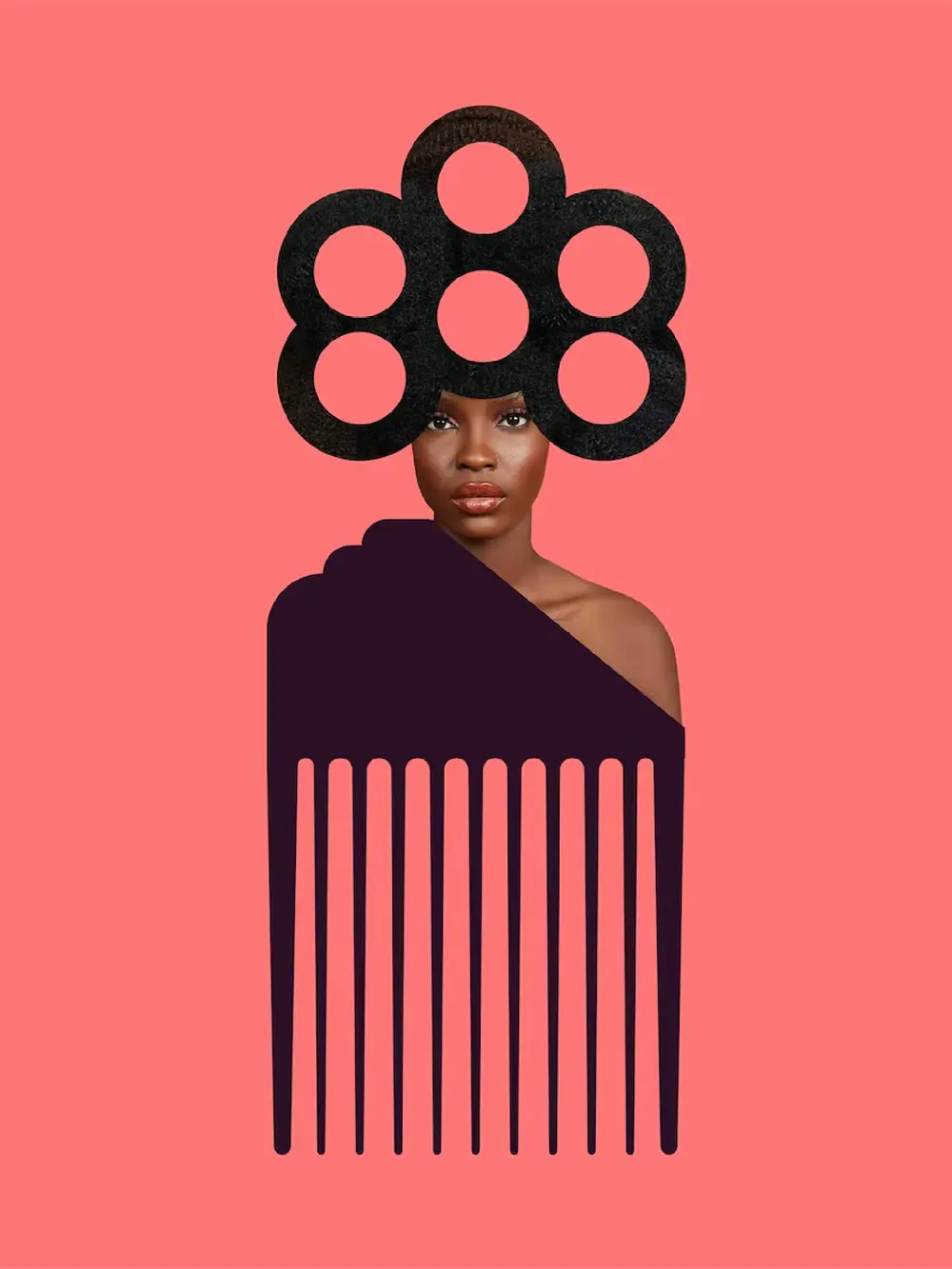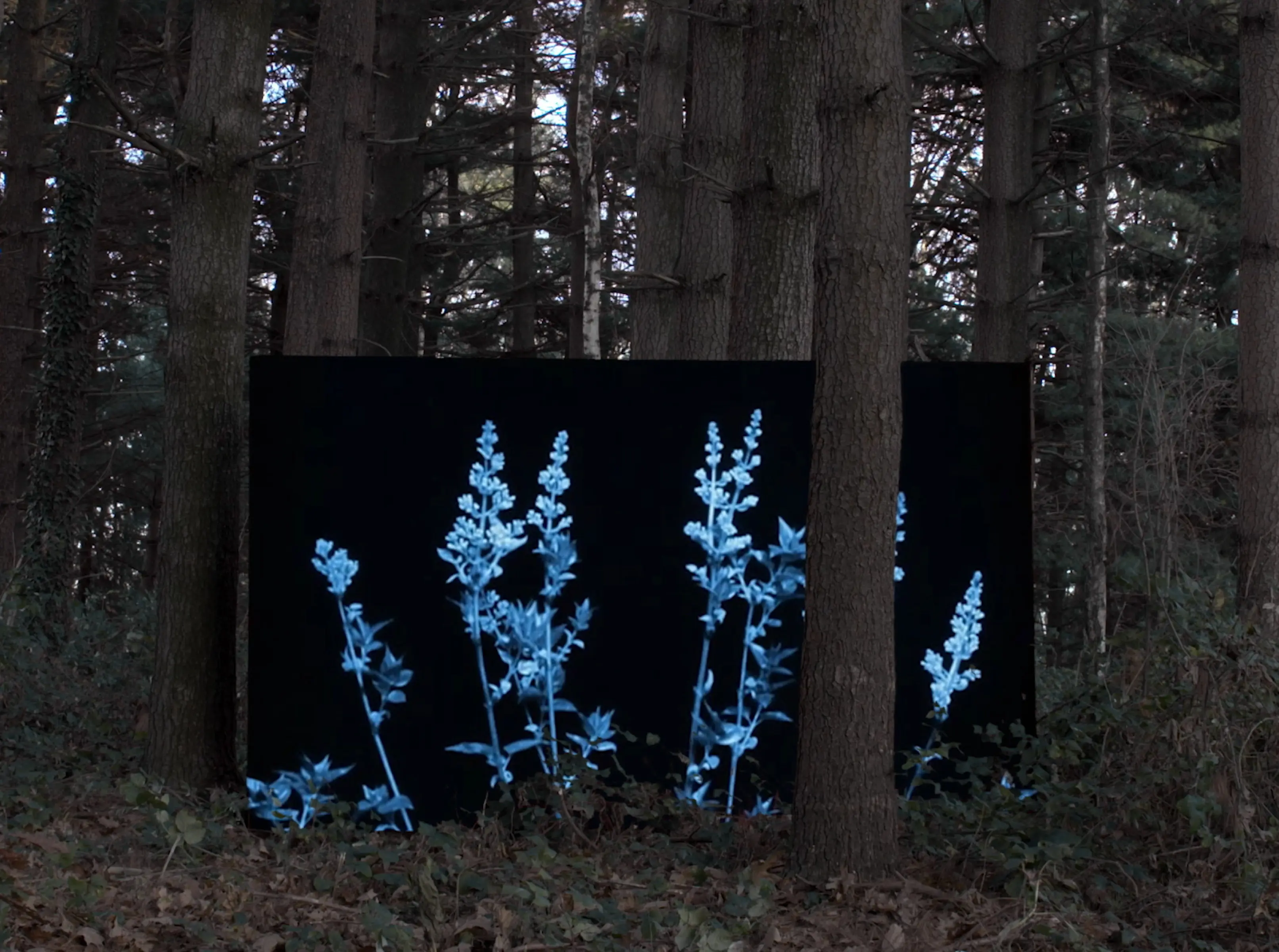Future Forward
The World Around’s Beatrice Galilee
January 31, 2022
Design writer Ali Morris catches up with the architecture curator, executive director and co-founder of The World Around — the annual summit of ideas that has become a must-see event.
Beatrice Galilee has spent her career bringing people together. The British-born, New York–based curator and critic learned early on that if you have a story to tell, all you need is a space to communicate it in and an audience will gather.
A former magazine editor, Galilee began her curatorial work in 2010, with the set up of her own critically acclaimed gallery space, The Gopher Hole, staged beneath the floorboards of a restaurant on London’s Old Street. She has since traveled the world working as a curator for biennales in China (as co-curator of the 2009 Shenzhen Hong Kong Biennale of Architecture), Korea (as co-curator of the 2011 Gwangju Design Biennale), and Portugal (as chief curator of the 2013 Lisbon Architectural Triennale); and spent five years as the Metropolitan Museum of Art’s first-ever architecture and design curator.
Most recently, in 2020, she co-founded (with Diego Marroquin) the non-profit organization The World Around, which holds a yearly summit as well as a series of capsule events throughout the year. The annual symposium brings together some of the sharpest minds in the fields of architecture, design, technology, and culture to share and discuss their envelope-pushing projects and ideas in the context of current affairs and pressing issues such as the climate crisis. This year’s edition, produced in collaboration with Rotterdam’s Het Nieuwe Instituut, will be hosted at the Solomon R. Guggenheim Museum on February 5. While the event is sold out, a live broadcast of the event will also stream online for free.

QHow did The World Around come into existence?
AThe World Around really takes the structure and the discipline I learned from my time at the Met as Curator of Architecture and Design, and combines it with my experience as a Biennale curator, which was much more fast-paced, more independent, more responsive. It felt like a good way to move forward, and we officially launched in January 2020.
QHow has it evolved since its launch?
AOn Earth Day in April 2020, we collaborated with the online design publication Dezeen. We created the entire day’s programming and really used the platform’s full force. After that, everybody knew what The World Around was. It made a really big impact for us and we started to realize what could happen if we used other people’s platforms as hardware and our programming as the software. We went to the Guggenheim for this year’s summit with that same idea, saying: "You have an empty auditorium, you need public programs, and you don't have anything about contemporary architecture, so why don’t we do something together?"
QWhat can we expect from this year’s program?
AThe program is a hybrid of built work, digital practices, narratives, filmmaking — it will be quite varied. I thought it was important to recognize those really major projects that have come to fruition over the last year during the pandemic, as well as the more conversational and interesting curiosity pieces. Everyone gets the same amount of time on stage, from a Pritzker Prize-winning architect to an emerging practitioner working in VR. I just really like that the program is expansive enough to include everybody who's practicing in architecture. It's not about the big stars, it's about the big projects — works that are super special, interesting and beautiful. That's what we want to hear about and see.
QWhat are you looking forward to, personally?
AThere is a Tadao Ando film, which is really wonderful. In it, he shares life wisdom. He talks about the relationship between art and architecture and about his relationship with his buildings, how he stays motivated, what his ethics are. It's really, really, really great. Multidisciplinary designer Miriam Abraham Hillawi is coming in from Ethiopia, and we also have curator Camilla Marambio coming in from Chile. I love that we're able to bring voices from the Global South — that's really important to me to include, and especially female voices and women of color. When I curate things, I always try to create a program to entertain myself; to put something on that I would like to go to personally.

"We started to realize what could happen if we used other people’s platforms as hardware, and our programming as the software."
QYou studied architecture at University, but instead chose to pursue a career in architecture journalism and curation. Why?
AI just sort of found my place almost immediately when I got to architecture school at 19. One of my professors, Thom Gorst, asked me, "Do know about the existence of architecture magazines?" I didn’t, as I didn’t come from a family where anyone had anything to do with architecture or art or anything. He said, "Have you ever read this? It's called the Architecture Review." I looked through the pages and I thought, "This writer has just been traveling the world, looking at buildings and talking to interesting architects. Well, that sounds great." Instantly, I started to get into it and I was also simultaneously organizing trips for the architecture society. There was absolutely zero surprise among my classmates from University that I have ended up in this career. I think it's just who I am.
QWhat advice would you give to someone else starting out in the field of architecture journalism and curation?
AI really didn't come from a place of having any experience in architectural design, writing, publishing, or curating, but I did just sort of “do things." I found spaces like bars and parks, and figured out if it would be okay if I organized a talk or exhibition there. I just did it. I teach at Pratt and I always tell my students, "If you can, just do," and that's the only real way to succeed as a curator. The only way to succeed as a writer is to write, and the only real way to succeed as a curator is to organize your own talks, find a space, borrow a space, beg or steal. It's not out of your reach to get there.
Ali Morris is a London-based writer, editor and consultant specializing in design, architecture and interiors.
Editor: Aileen Kwun
Photography: Chapel of Sound, courtesy of OPEN Architecture, photo by Jonathan Leijonhufvud. Inset portrait of Beatrice Galilee, courtesy the curator. The Planet After Geoengineering, courtesy of Design Earth. Neue Nationalgalerie, Berlin, view from Potsdamer Straße, photo by Simon Menge. Bourse de Commerce, Pinault Collection, designed by Tadao Ando Architect & Associates, NeM / Niney et Marca Architectes, Agence Pierre-Antoine Gatier, photo by Patrick Tourneboeuf. African Future Initiative, image by Fred Swart. Still from Cambio (2020), courtesy of Formafantasma.
